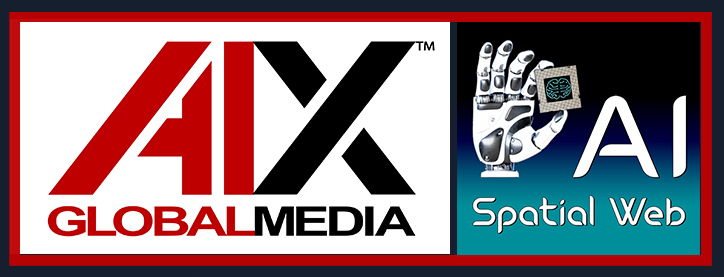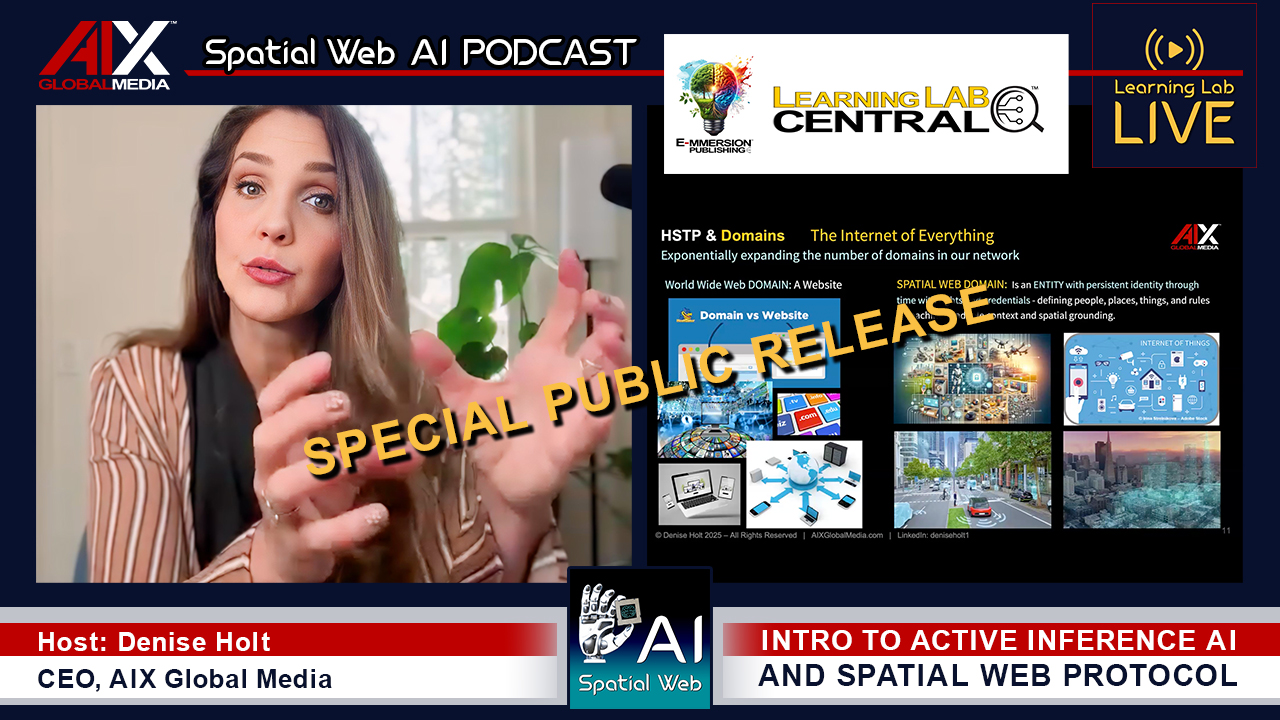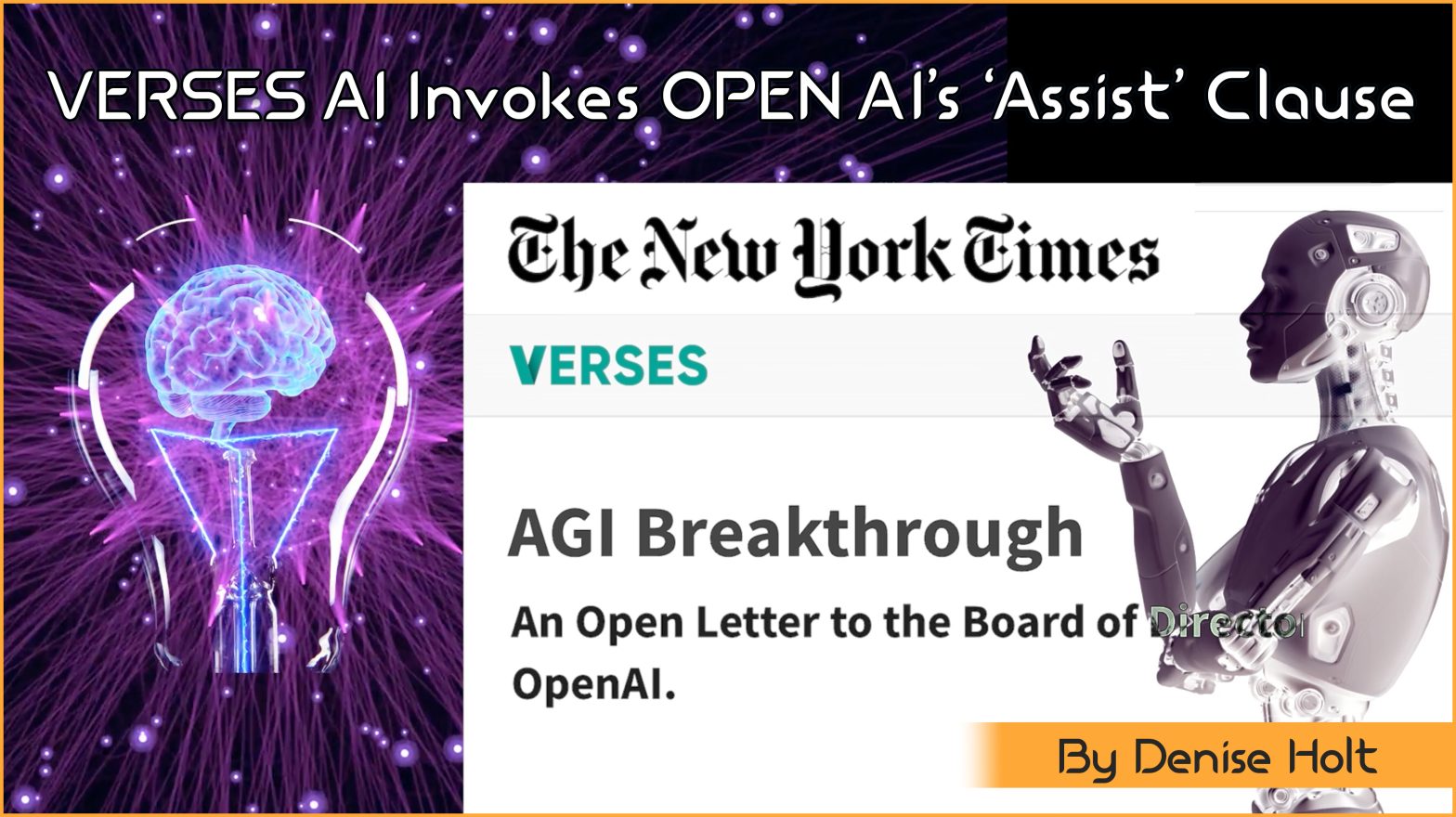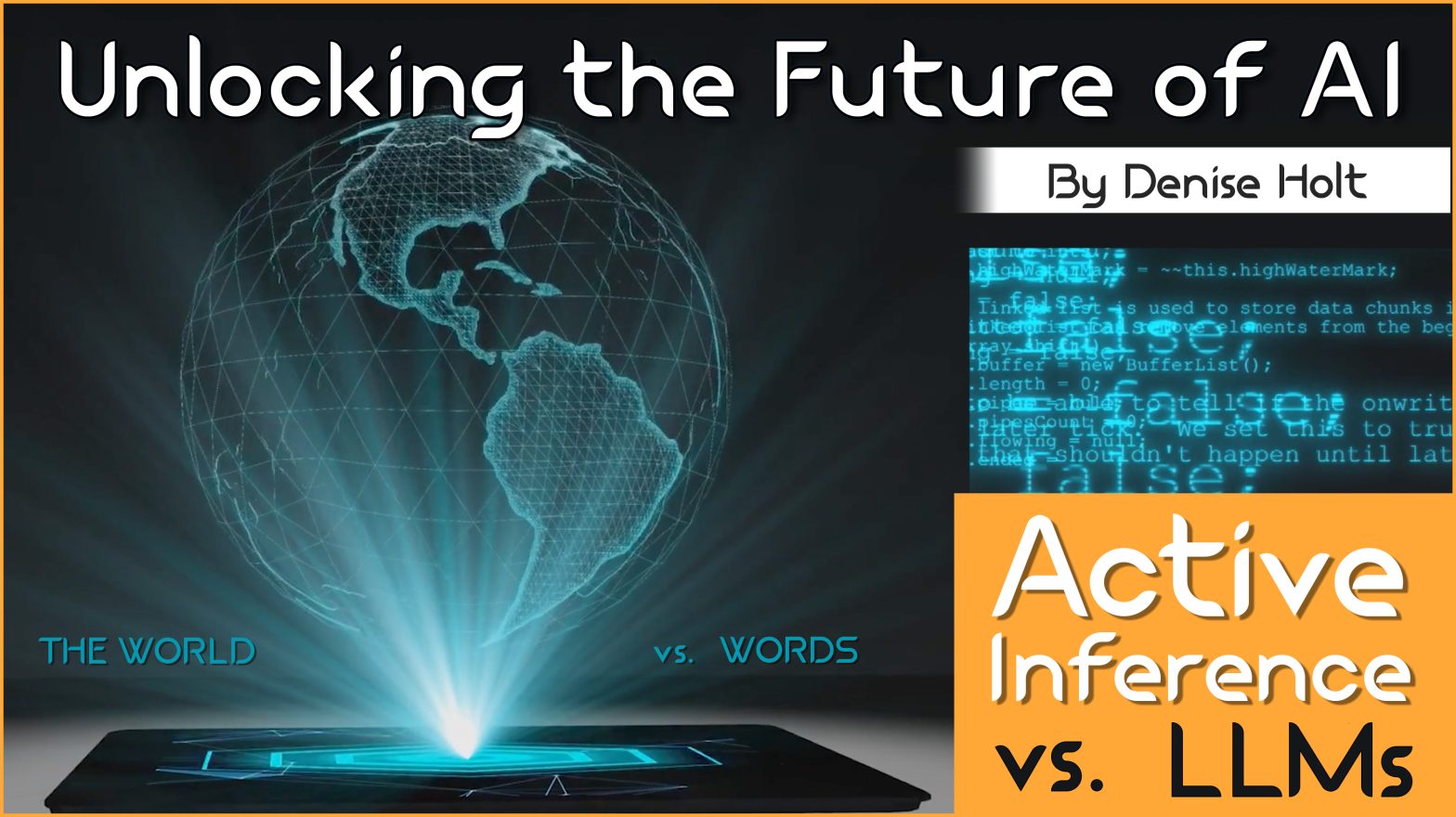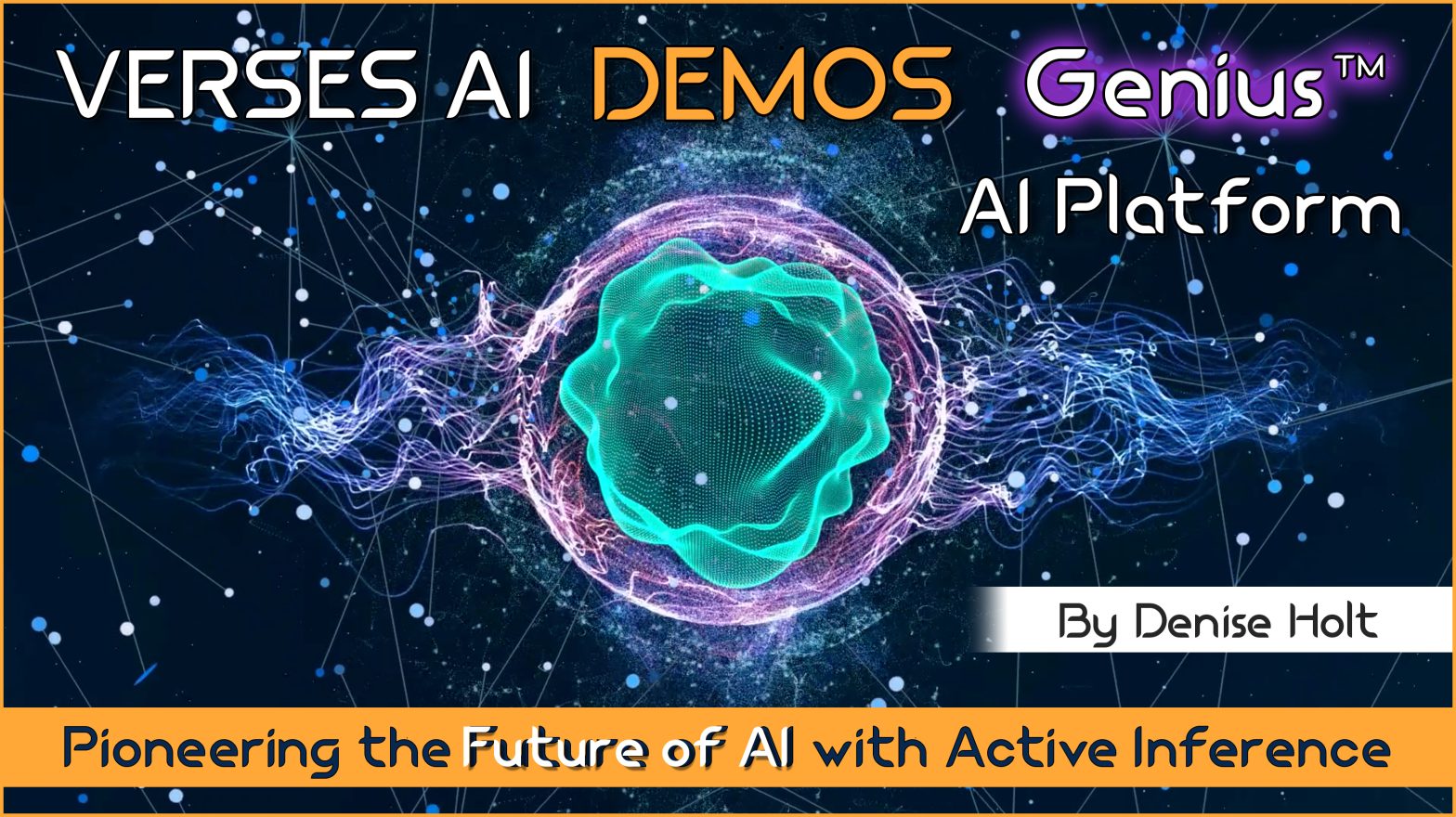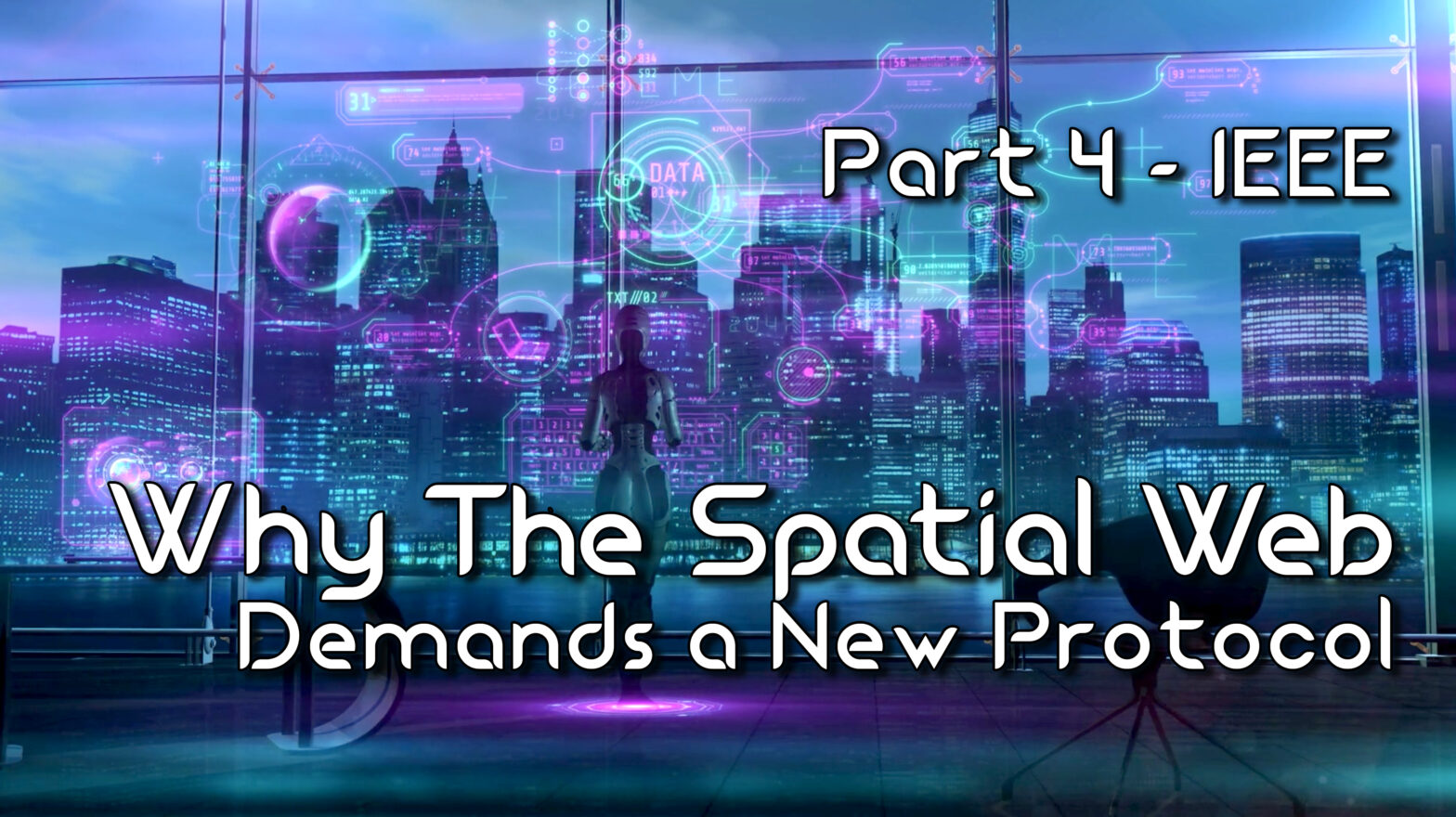The convergence of two groundbreaking technologies is reshaping how we think about AI, automation, and intelligent systems, affecting every industry across the globe. Here’s what you need to know now:
Tag: HSML
IEEE 2874–2025 Spatial Web Protocol Ratified — Ushering in a New Era of Interoperable, Agentic Computing
On 29 May 2025, the IEEE Standards Board cast the final vote that transformed P2874 into the official IEEE 2874–2025 Spatial Web Standard – the 3rd foundational internet protocol since the beginning of the internet. Find out what changed, why it matters, and what to expect next.
The Future of Agent Communication: From Protocol Proliferation to Spatial Web Convergence
Explore the future of agent communication protocols like MCP, ACP, A2A, and ANP in the age of the Spatial Web and Active Inference AI. Learn how these protocols serve today’s needs—and why they must evolve or integrate with Spatial Web standards to remain relevant.
Active Inference AI: The Future of Enterprise Operations and Industry Innovation
By understanding and adopting Active Inference AI, enterprises can overcome the limitations of deep learning models, unlocking smarter, more responsive, and ethically aligned operations.
The IEEE Approval of the Spatial Web Global Public Standards: A Technological Awakening for AI
VERSES AI is transforming AI, shifting us towards First Principles AI, Embodied AI, and Decentralized AI, distributing AI compute to Edge devices.
The Ultimate Resource Guide for Active Inference AI | 2024 Q2 Update
Updated – Over 150 New Entries for 2024 Q2 – Research papers, articles, videos, who to follow, and more! The Most Complete Repository of Research Links and Educational Content on the VERSES AI Technology & Active Inference AI
This group of leaders came together to to discuss a letter signed by 25 neuroscientists, biologists, physicists, policy makers, AI researchers, entrepreneurs, and directors of research labs on a joint initiative proposing a radical rethinking of AI’s trajectory, advocating for a model of AI that is fundamentally different from the data-intensive, computationally expensive systems that dominate today’s landscape.
Their meeting signifies growing momentum behind a new approach to AI called Active Inference, developed by world renowned neuroscientist, Dr. Karl Friston, Chief Science Officer at VERSES AI, that leads to more transparent, ethical and beneficial intelligent systems.
The Ultimate Resource Guide for Active Inference AI | 2024 Q1
The Most Complete Repository of Research Links and Educational Content on the VERSES AI Technology & Active Inference AI
This group of leaders came together to to discuss a letter signed by 25 neuroscientists, biologists, physicists, policy makers, AI researchers, entrepreneurs, and directors of research labs on a joint initiative proposing a radical rethinking of AI’s trajectory, advocating for a model of AI that is fundamentally different from the data-intensive, computationally expensive systems that dominate today’s landscape.
Their meeting signifies growing momentum behind a new approach to AI called Active Inference, developed by world renowned neuroscientist, Dr. Karl Friston, Chief Science Officer at VERSES AI, that leads to more transparent, ethical and beneficial intelligent systems.
Hello 2024 — The Year Computing Changes Forever
Computing is changing on every basic and fundamental level. Generative AI is one piece of that computing puzzle. It’s a massive tool in this next era, but it’s not the framework for the computing, itself. What VERSES is building IS that framework.
Turning Point in AI - Leaders Rally for a Natural AI Initiative
A pivotal roundtable discussion held by the Boston Global Forum, the Active Inference Institute, and the Neuropsychiatry and Society Program on December 12, 2023, marked a significant turning point in our understanding and development of artificial intelligence.
This group of leaders came together to to discuss a letter signed by 25 neuroscientists, biologists, physicists, policy makers, AI researchers, entrepreneurs, and directors of research labs on a joint initiative proposing a radical rethinking of AI’s trajectory, advocating for a model of AI that is fundamentally different from the data-intensive, computationally expensive systems that dominate today’s landscape.
Their meeting signifies growing momentum behind a new approach to AI called Active Inference, developed by world renowned neuroscientist, Dr. Karl Friston, Chief Science Officer at VERSES AI, that leads to more transparent, ethical and beneficial intelligent systems.
VERSES AI Announces AGI Breakthrough: Invokes Open AI’s ‘Assist’ Clause
In an unprecedented move by VERSES AI, today’s announcement of a breakthrough revealing a new path to AGI based on ‘natural’ rather than ‘artificial’ intelligence, VERSES took out a full page ad in the NY Times with an open letter to the Board of Open AI appealing to their stated mission “to build artificial general intelligence (AGI) that is safe and benefits all of humanity.”
Unlocking the Future of AI: Active Inference vs. LLMs – The World vs. Words
In a world where AI reigns supreme, there is a question looming among the tech elite: Are we on the cusp of true intelligence, or are we merely toying with sophisticated text generators? As we marvel at the prowess of Large Language Models (LLMs) like ChatGPT, Claude, and others, it’s time to investigate a bit further and seek answers. Beyond the hype and fascination, lies a catalyst for change and remarkable innovation, fundamentally redefining what AI means: Active Inference AI.
Navigating the AI Revolution with Dr. Jacques Ludik: Insights on Active Inference, Ethics,and AI’s Societal Impact
Join our conversation in this episode of the Spatial Web AI Podcast, where host Denise Holt engages with Dr. Jacques Ludik, a renowned global AI expert, smart tech entrepreneur, founder of multiple AI companies, and best-selling author, as they dive into a myriad of topics encompassing AI’s future, its ethical implications, and its transformative impact on society. Explore the intricacies of neural networks and Active Inference AI, discussing the broader societal implications of AI, including its role in empathy, privacy, and AI governance.
VERSES AI Demos ‘Genius™’ AI Platform: Pioneering the Future of AI with Active Inference
“What you’re about to see is akin to, I believe, a moment like the launch of the first rocket or the Kitty Hawk moment…So I want you to think about that moment when you first saw something completely new in technology.”
– Gabriel Rene, CEO VERSES AI
…Artificial intelligence is at a critical juncture in its evolution, and today’s LIVE demonstration of VERSES AI’s “Genius™” AI platform showcases a promising new direction for the field. In this presentation, CEO Gabriel Rene and his team provided a first look at how Genius™ is redefining the future of AI through its innovative approach rooted in Active Inference, First Principles AI, and Shared Intelligence.
Revolutionary Proposal Emerges for Effective AI Governance
In the groundbreaking report, “The Future of Global AI Governance”, VERSES AI offers the framework for an ethical and cooperative path forward for AI and humans to grow in tandem with each other, learning, adapting, and adjusting as needed along the way.
Why the Spatial Web Demands a New Protocol – Part 4 – IEEE & AI Governance
The core standards of the evolving internet, HSTP and HSML, and AI Governance are being developed right now between the IEEE and the Spatial Web Foundation.
